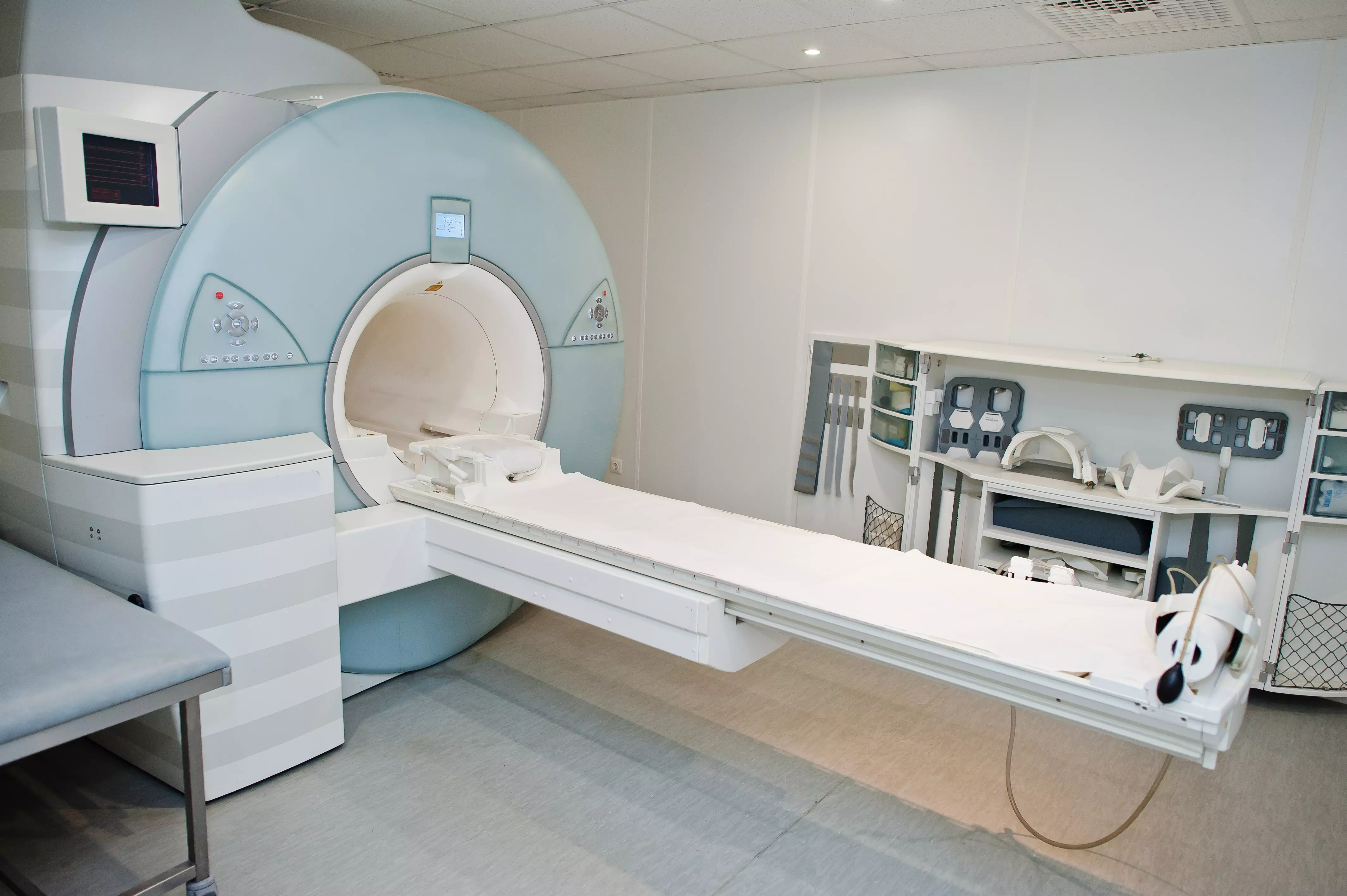Modern neuropsychiatric imaging techniques in hospitals
One of the most frustrating experiences in a person's life is suffering from pain. It is especially difficult when conventional treatments fail to provide relief. That's why increasing attention is being paid to modern neuropsychiatric imaging techniques that aim not only to identify the cause of pain, but also to improve patients' behavioral health. In this article, we will present the latest developments in this field and the ways in which neuropsychiatric imaging techniques are being used in hospitals.
Chapter 1: Neuropsychiatric imaging techniques
Neuropsychiatric imaging techniques are a collective term for various research methods that allow direct imaging and study of brain activity along with related mental areas. They allow doctors to see what areas of the brain are inhibited or stimulated, allowing them to accurately diagnose neuropsychiatric disorders and monitor therapeutic progress.
One of the most popular techniques is nuclear magnetic resonance imaging (MRI). It uses strong magnetic fields and radio waves to obtain accurate images of brain structures. With MRI, it is possible to detect various pathologies, such as tumors, injuries or neurodegenerative changes.
Another commonly used tool is single photon emission tomography (SPECT). This method involves the simultaneous administration of a radioactive substance to the patient and the recording of gamma-ray emissions. SPECT makes it possible to assess blood flow in the brain and detect areas of low perfusion, which can indicate the presence of a damaged or anemic area.
Finally, a technique that is gaining popularity in neuropsychiatric diagnosis is positron emission tomography (PET). It uses a chemical compound with radioactive properties that emits positrons when administered to a patient. PET allows analysis of brain metabolism, neurotransmitter receptors and various other biochemical processes.
Chapter 2: Application of neuropsychiatric imaging techniques in hospitals
Neuropsychiatric imaging techniques have many applications in hospitals. First and foremost, they are an invaluable diagnostic tool that helps doctors identify the causes of pain and behavioral disorders. They also make it possible to monitor the effectiveness of therapy and assess the progress of treatment.
For chronic pain, which is often difficult to diagnose, neuropsychiatric imaging techniques can help identify the source of pain. For example, MRI scans can detect peripheral nerve damage, which can be the source of neuropathic pain. SPECT and PET, on the other hand, can assess brain activity and detect areas of increased blood uptake, which may suggest the presence of inflammation or other pathologies.
Neuropsychiatric imaging techniques are also used in the treatment of behavioral disorders. They make it possible to accurately understand neuropsychiatric pathologies and adjust drug or psychotherapeutic therapy. A number of studies have shown that appropriate adjustment of therapy based on brain imaging results can lead to significant improvements in patients' behavioral health.
Chapter 3: The future of neuropsychiatric imaging techniques
Today, neuropsychiatric imaging techniques are constantly being developed and improved. New methods, such as magnetic resonance spectroscopy (MRS) and magnetoencephalography (MEG), allow even more detailed study of brain function. Research efforts are also focusing on developing new biomarkers that will allow even more precise diagnosis and monitoring of treatment progress.
Regardless of how neuropsychiatric imaging techniques are developed, their importance in treating pain and improving behavioral health is undeniable. With them, doctors are able to provide patients with more precise diagnoses and effective therapies. It is therefore worth continuing research and investing in the development of these methods to contribute to more effective treatment and improved quality of life for patients.
In conclusion, neuropsychiatric imaging techniques represent a significant advance in the medical field. Their use in hospitals allows for effective pain management and improved behavioral health of patients. They enable doctors to diagnose more accurately and monitor the progress of therapy. It is therefore worth nurturing the development of these techniques and using them in daily medical practice.
Add comment